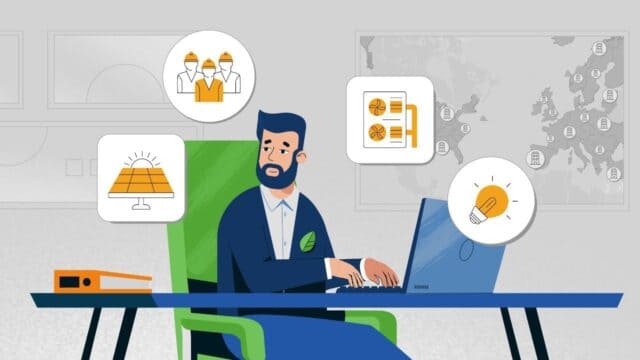Achieve bottom line benefits
See how we can help your organization achieve energy savings and sustainability goals with performance-driven upgrades.
Why Achieve benefits ?
Energy as a service (EaaS) firms are revolutionizing the way businesses manage and consume energy. These innovative companies provide comprehensive energy solutions that go beyond traditional energy procurement and management. By offering a suite of services, including energy efficiency upgrades, renewable energy integration, and demand response programs, EaaS firms help businesses optimize their energy usage, reduce costs, and minimize their environmental footprint.
Partners ?
One of the key advantages of partnering with an EaaS firm is the flexibility it offers. Instead of investing in expensive infrastructure upgrades or navigating complex energy markets on their own, businesses can rely on EaaS providers to handle all aspects of their energy needs. This allows companies to focus on their core operations while benefiting from the expertise and resources of the EaaS firm.
Moreover, EaaS firms often utilize advanced technology and data analytics to optimize energy usage in real-time. By monitoring energy consumption patterns and identifying areas for improvement, these companies can help businesses achieve significant energy savings without sacrificing performance or comfort.
In addition to cost savings, EaaS solutions also contribute to sustainability and environmental stewardship. By implementing energy-efficient technologies and transitioning to renewable energy sources, businesses can reduce their carbon footprint and support the transition to a clean energy future.
Furthermore, EaaS firms offer scalability, making them suitable for businesses of all sizes and industries. Whether it's a small retail store looking to reduce its energy bills or a large manufacturing facility aiming to improve its sustainability practices, EaaS solutions can be tailored to meet specific needs and goals.
Overall, energy as a service firms are driving innovation and transformation in the energy sector, empowering businesses to become more efficient, resilient, and sustainable in the face of evolving energy challenges. With their comprehensive services and commitment to excellence, EaaS firms are poised to shape the future of energy management and pave the way for a cleaner, more sustainable world.

